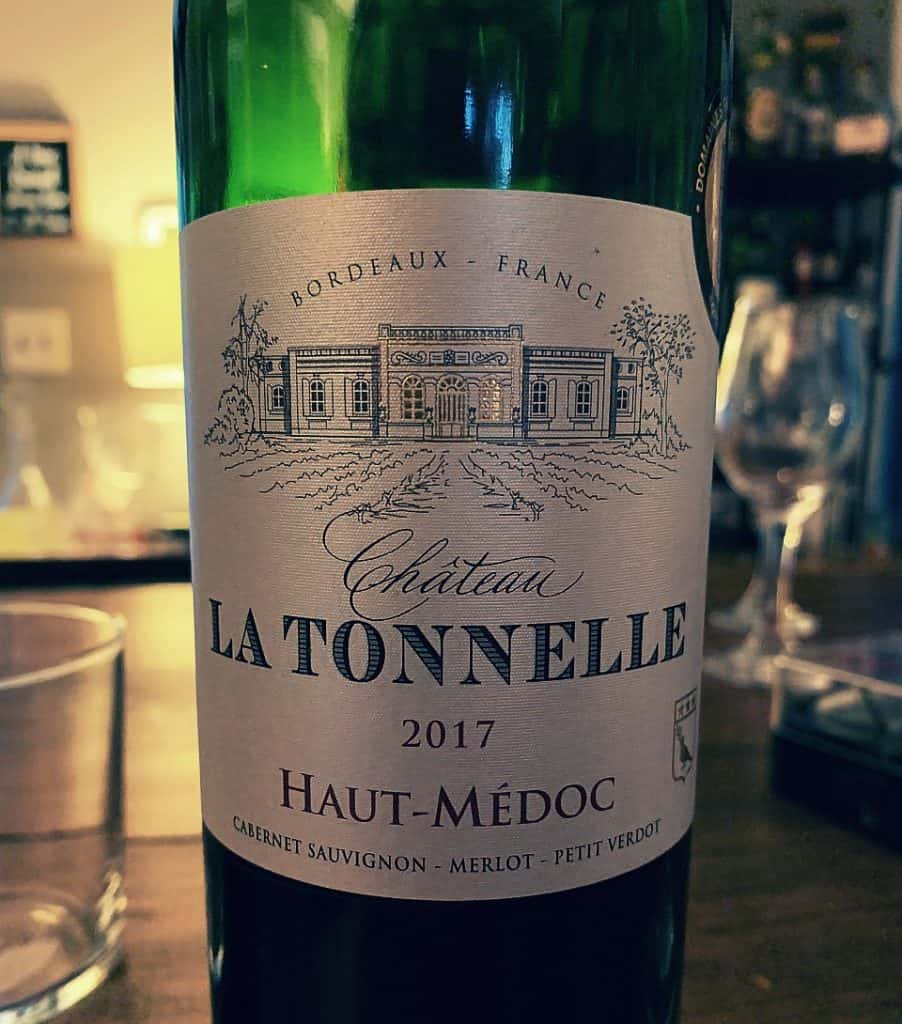Hyper Decanting
Hyper-decanting wine is where tradition stops and technology starts. This is also why traditional die-hards take a stand against this method. Introduced to the world by Nathan Myhrvold of Modernist Cuisine and considered by many to be witchcraft. Let’s explore.
What is Hyper Decanting?
Hyper-decanting wine generally refers to the practice of oxygenating wine in a blender and was introduced to the world by Nathan Myhrvold. Yes, really.
Nathan Myhrvold’s Hyper Decanting Wine Procedure
- Pouring your recently purchased young wine into a kitchen blender.
- Use the highest-power setting to blend for 30-60 seconds.
- Allow the froth to subside.
- Serve.
The Hyper Decanting Experiment
So, we decided to try hyper-decanting wine for ourselves. We aimed to compare the wine in three different scenarios:
- Scenario #1: Un-Decanted
- Scenario #2: Decanted in the Traditional Method
- Scenario #3: Hyper-Decanted

Un-Decanted
- Nose—alcohol, spice, cooked dark fruits, lead pencil shavings
- Taste—dark fruits, black pepper, dried herbs, smoke, cigar tobacco, leather, cedar, plum
- Mouth—smooth, velvety, balanced, elegant, medium finish
- The wine seemed closed and tight and slightly grippy
Traditionally Decanting
- Decanted for two hours
- Nose—blackberry, leather, tobacco, dark fruits
- Taste—currants, dark cherry, tobacco, leather, vanilla, oak
- Mouth—smooth, balanced, medium tannins, long finish
- The wine seemed much softer, less grippy with a longer finish, and more aromatic on the nose.
Hyper Decanting
Nathan Myhrvold suggested hyperdecanting wine between 30 and 60 seconds. We used three-quarters of a bottle, and after each interval, we poured it out of the blender, lowering the volume of wine in the blender. This could have affected our results.
- The test was run in 15-second intervals, tasting in between each interval
- After the first 15 seconds, the nose, taste, and mouth—closely resembled the traditionally decanted wine but looked visually darker
- After the second 15 seconds, the wine seemed less structured, more floral, and less tannic
- After the third 15 seconds, the wine was destroyed. The beautiful structure that was once enjoyed had been obliterated. The wine was one-dimensional and seemed dead. Limp.
The Hyper-Decanting Wine Results
In our opinion, traditional wine decanting is still the gold standard. The wine is elegantly presented, and the wine experiences a less forced transformation that encourages the development of the wine’s bouquet.
Hyper-decanting wine sounds super cool, and we had much fun playing with it. However, it is to be used with caution. If you intend to use this method, we recommend taste-testing until satisfied. This will completely horrify a traditional, die-hard wine connoisseur, but it is fun.


Pingback: Decanting Tips • Wine & Sommelier
Pingback: Decanting Wine | Learn how to decant wines the right way.
Hyperdecanting dissipates the fragile aromatic (organic) compounds that make up the most delicate compounds of the nose, taste & mouth feel. These compounds often have a low vapor pressure making them susceptible to early dissipation and evaporation. This was easily evident in the longer blender times. Additionally the long blender times caused rapid oxidation of many of the complex aromatic compounds.
This destruction of the wine’s structure is similar to the trendy vacuuming practice which creates a low pressure in the head space… also pulling out the fragile aromatic organic molecules having low vapor pressures.